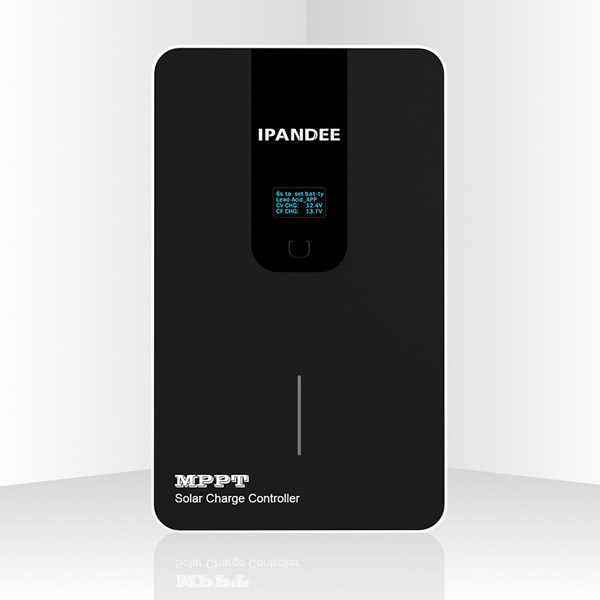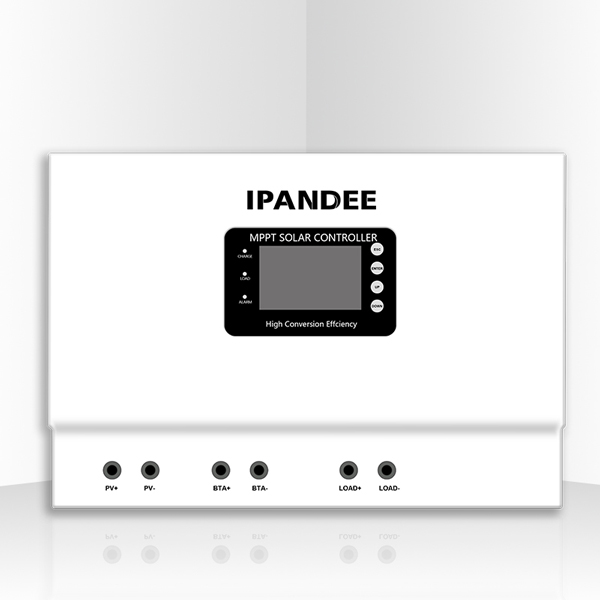The exitence of solar controllers is to protect voltage
Some customers often find that solar street lights will not light up for several days or even many days after being lit for a period of time, especially after continuous rainy days. The battery voltage is normal, and the controller and lamp are not faulty.
This problem has puzzled many engineering companies. In fact, this is a problem with the voltage value of "exit undervoltage protection". The higher the value is set, the longer the recovery time after undervoltage will be, which causes the light to not be able to turn on for many days.
Regarding this issue, the industrial version controller allows each customer to set the exit protection voltage value according to the configuration. However, it is worth noting that the configuration of the battery board must be reasonable. If the daily charging amount of the battery board cannot meet the discharge amount at night, the battery will often be deeply discharged, and its life will be greatly shortened. Therefore, the configuration of the battery board must have margin. The bigger the configuration of the battery board, the lower the exit protection voltage can be set, which will not affect the battery.
The constant current output of LED lights with solar controllers
Due to the characteristics of LED, it must be constant-current or current-limited by technical means, otherwise it cannot be used normally. Common LED lights are usually constant current for the LED by adding another driver power supply. However, the power of the driver accounts for about 10%-20% of the total power of the lamp. For example, a theoretical 42W LED light may actually have a power of about 46-50W after adding the driver.
When calculating the power of the solar panel and the capacity of the battery, an additional 10%-20% must be added to meet the power consumption caused by the driver. In addition, adding more drivers will add another link that may cause faults. The industrial version solar controllers realize no-power constant current through software, which has high stability and reduces overall power consumption.
The output period of the solar controllers
The industrial version controller can be divided into 3 periods, and the time of each period can be set arbitrarily. According to the different usage environments, each period can be set to the closed state.
The output power adjustment of LED lights with solar controllers
Among the lighting fixtures in solar energy applications, LED lights are most suitable for achieving different power outputs through pulse width modulation. While limiting the pulse width or current, the duty cycle of the entire LED light output is adjusted. After long-term testing, it has been proven that LED lights using pulse width modulation generate much less heat, and can extend the service life of the LED.
The line loss compensation of solar controllers
Line loss compensation is actually very important in the low-voltage system because the voltage is lower and the line loss is relatively large. If there is no corresponding line loss voltage compensation, the output voltage of the output end may be much lower than that of the input end. This will cause the battery to enter the undervoltage protection early, and the actual application rate of the battery capacity will be discounted.
The heat dissipation of the solar controllers
Many solar controllers do not consider heat dissipation in order to reduce costs. When the load current or charging current is large, the heat increases, the internal resistance of the controller's field effect transistor increases, and the charging efficiency drops sharply. After the field effect transistor overheats, the service life is greatly reduced or even burned. Especially in summer, the outdoor environment temperature is very high, so a good heat dissipation device should be essential for the controller.
MCT charging mode of solar controller MCT
MCT charging mode is to track the maximum current of the battery board without waste. By detecting the battery voltage and calculating the temperature compensation value, when the battery voltage is close to the peak, a pulsating trickle charging method is adopted, which can make the battery full and prevent overcharging of the battery.
 English
English  한국어
한국어  français
français  Deutsch
Deutsch  Español
Español  italiano
italiano  русский
русский  português
português  العربية
العربية  tiếng việt
tiếng việt  ไทย
ไทย  Polska
Polska  中文
中文







